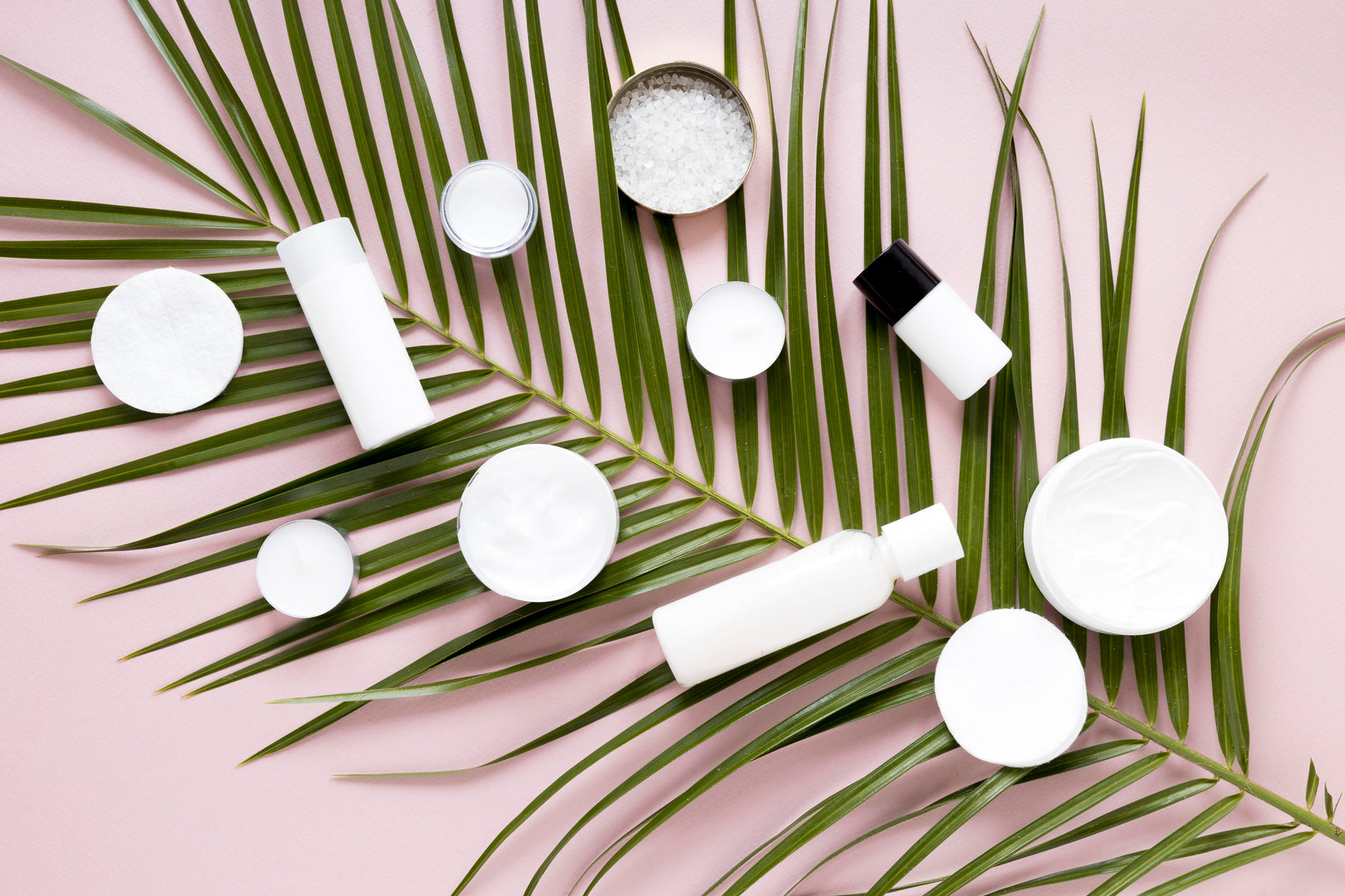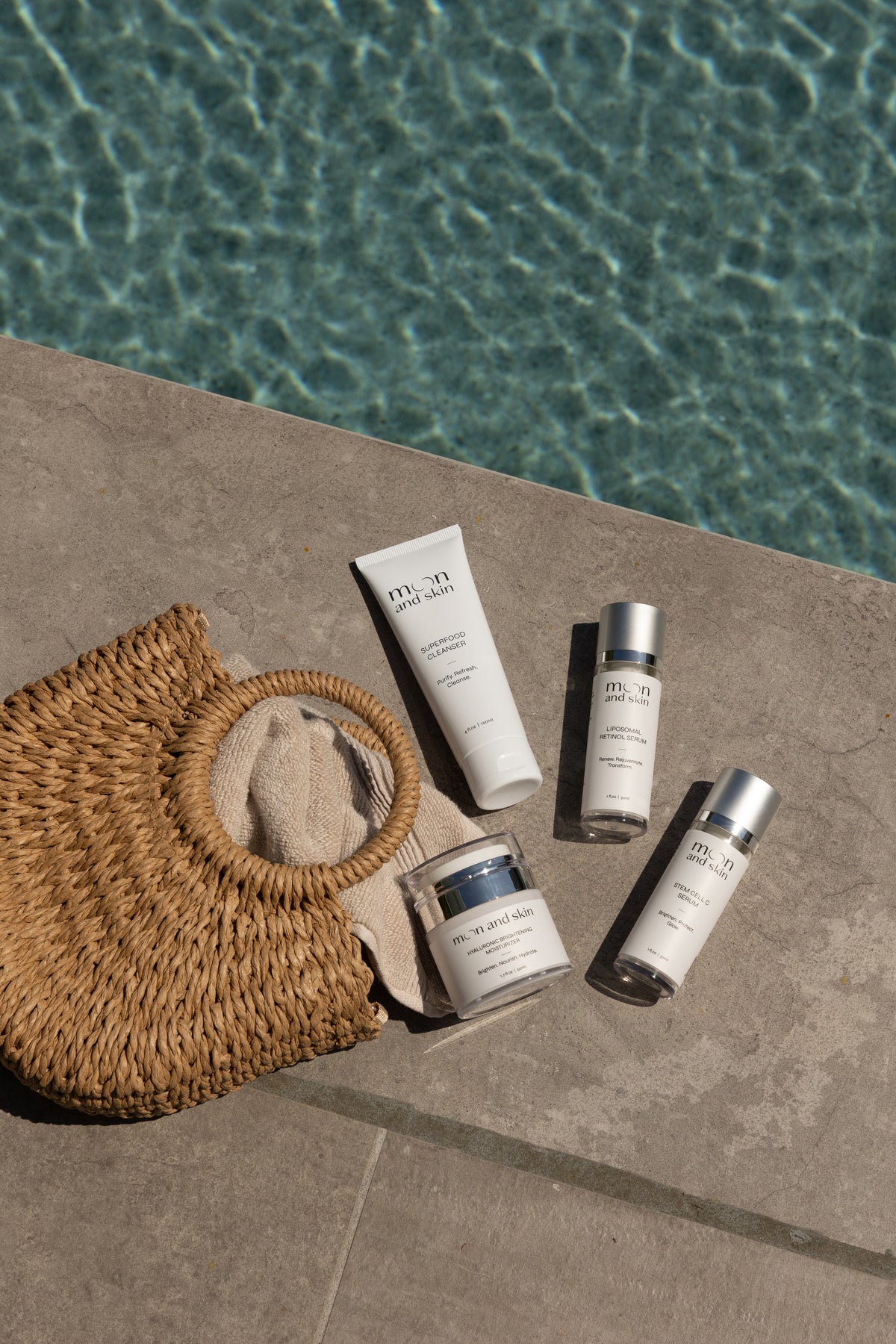Table of Contents
Introduction
When it comes to skincare, the question of exfoliation can often spark debate. Many of us have been told that exfoliating too frequently can lead to irritation and sensitivity, while others tout the benefits of daily exfoliation. So, can you use a gentle exfoliator every day? The answer lies in understanding your skin type, the kind of exfoliator you're using, and how your skin responds to exfoliation.
Did you know that your skin naturally sheds around 30,000 to 40,000 dead skin cells each day? However, sometimes, these dead cells can linger on the skin's surface, leading to a dull complexion and clogged pores. This is where exfoliation comes in, helping to reveal the radiant skin beneath. With so many products available today, we understand that navigating the world of exfoliators can be confusing. Together, we’re going to explore the nuances of daily exfoliation, the types of exfoliators, and how to incorporate them into your skincare routine effectively.
In this post, we’ll cover:
- The benefits of exfoliation
- The difference between physical and chemical exfoliators
- How to choose the right exfoliator for your skin type
- How often you should exfoliate based on various factors
- Tips on how to incorporate a gentle exfoliator into your everyday routine
By the end, you’ll have a clearer understanding of how gentle exfoliation can fit into your daily skincare regimen and how it can support your skin's health.
The Benefits of Exfoliation
Exfoliation is a crucial step in any skincare routine, and it offers a range of benefits that can help your skin look and feel its best. Here’s why incorporating a gentle exfoliator into your daily routine can be a game-changer:
1. Unclogs Pores
Dead skin cells, oil, and impurities can accumulate on the skin's surface, leading to clogged pores and breakouts. Regular exfoliation helps to remove these buildup layers, keeping your pores clear and reducing the risk of acne.
2. Improves Skin Texture
Exfoliating helps to smooth out rough patches and uneven skin tone. By sloughing away dead skin cells, we can encourage the growth of new, healthy skin cells, resulting in a more refined texture.
3. Enhances Product Absorption
When dead skin cells are removed, your other skincare products—like serums and moisturizers—can penetrate the skin more effectively. This means that the active ingredients in our products, like the powerful antioxidants in our Stem Cell C Serum, can work their magic more efficiently.
4. Boosts Radiance
Exfoliation can brighten your complexion by revealing fresh skin underneath. With regular use, you may notice a more radiant and youthful glow.
5. Supports Cell Turnover
As we age, our skin’s natural cell turnover rate slows down. Regular exfoliation can help mimic this process, promoting the shedding of old skin cells and the growth of new ones. This can be particularly beneficial as we move through various phases of life.
Key Takeaway
Incorporating a gentle exfoliator into your daily routine can significantly improve your skin’s health and appearance. However, it’s essential to choose the right type of exfoliator and to listen to your skin’s needs.
Understanding Exfoliation: Physical vs. Chemical
When we think about exfoliation, it generally falls into two categories: physical and chemical. Understanding these two types will help us determine which is best for daily use.
Physical Exfoliation
Physical exfoliation involves the use of abrasive materials to manually scrub away dead skin cells. This can include scrubs with granules or tools like brushes and sponges. While physical exfoliants can be effective, they may not be suitable for everyone, especially if you have sensitive or reactive skin.
Pros:
- Immediate results: You can see and feel the smoothness right after use.
- Can be made from natural ingredients.
Cons:
- Risk of micro-tears: If used too aggressively, physical exfoliants can damage the skin's surface.
- Not suitable for all skin types.
Chemical Exfoliation
Chemical exfoliation utilizes acids or enzymes to dissolve the bonds between dead skin cells, allowing them to be removed more gently. Common ingredients include alpha hydroxy acids (AHAs) like glycolic acid and beta hydroxy acids (BHAs) like salicylic acid.
Pros:
- More effective for deep exfoliation without irritation.
- Suitable for sensitive skin when formulated correctly.
Cons:
- It may take longer to see results compared to physical exfoliants.
- Requires careful selection based on skin type.
Which Should You Choose?
For daily use, we recommend opting for a gentle chemical exfoliator, as it tends to be less abrasive and can provide more consistent results. Our Hyaluronic Brightening Moisturizer contains ingredients like kojic acid, which can brighten the skin while hydrating it.
Key Takeaway
Deciding between physical and chemical exfoliation depends on your skin type and preferences. For a daily routine, gentle chemical exfoliants are often the best choice.
Choosing the Right Exfoliator for Your Skin Type
Selecting the right exfoliator is crucial to achieving the desired results without compromising your skin's health. Here’s a breakdown based on different skin types:
Normal Skin
If you have normal skin, you can generally tolerate a variety of exfoliants. Look for gentle formulas that combine both AHA and BHA for balanced exfoliation.
Oily Skin
For oily skin, a product with salicylic acid can help unclog pores and control excess oil. Our Superfood Cleanser is a perfect companion, as it nourishes while cleansing.
Dry Skin
If your skin tends to be dry, opt for hydrating exfoliators that won’t strip your skin's natural moisture. Look for ingredients like lactic acid and gentle enzymes.
Sensitive Skin
If you have sensitive skin, avoid harsh scrubs and opt for gentle chemical exfoliants. Products with soothing ingredients like aloe vera or chamomile can help calm the skin.
Combination Skin
For combination skin, a targeted approach works best. Use a gentler exfoliant on drier areas and a more potent one on oilier zones.
Key Takeaway
Understanding your skin type is essential in choosing the right exfoliator. Always start slow and pay attention to how your skin reacts.
How Often Should You Exfoliate?
The frequency of exfoliation can vary based on skin type, the strength of the product, and individual skin responses. Here’s a general guideline:
- Normal Skin: 2-3 times a week or daily with a gentle exfoliator.
- Oily Skin: 3-4 times a week, or daily with a mild exfoliant if tolerated.
- Dry Skin: Once or twice a week; avoid daily exfoliation.
- Sensitive Skin: Once a week or as tolerated; gauge your skin's response carefully.
- Combination Skin: 2-3 times a week, focusing on oilier areas more frequently.
Signs of Over-Exfoliation
While exfoliating can be beneficial, it’s essential to recognize the signs of over-exfoliation, which can include:
- Redness and irritation
- Dryness and peeling
- Increased sensitivity
- Breakouts
If you notice any of these symptoms, it’s a signal to reduce the frequency of exfoliation and allow your skin to recover.
Key Takeaway
The key to effective exfoliation is to listen to your skin. Adjust your routine based on how your skin feels and responds to exfoliation.
Incorporating Gentle Exfoliation into Your Routine
Now that we’ve covered the essentials of exfoliation, let’s discuss how to seamlessly incorporate a gentle exfoliator into your daily routine.
Step 1: Cleanse Your Skin
Always start with a clean canvas. Use a gentle cleanser, like our Superfood Cleanser, to remove makeup, dirt, and impurities.
Step 2: Apply Your Exfoliator
For a gentle exfoliant, you don’t need to apply much. A pea-sized amount is usually sufficient. If you’re using a physical exfoliant, apply it in gentle circular motions for about 30 seconds before rinsing thoroughly.
If you're using a chemical exfoliant, follow the product instructions carefully, as they can vary.
Step 3: Follow with Toner
Using a toner can help balance your skin's pH and prepare it for the next steps in your routine.
Step 4: Moisturize
Always follow with a hydrating moisturizer to lock in moisture. Our Hyaluronic Brightening Moisturizer is excellent for this step, as it hydrates while providing gentle exfoliation through its active ingredients.
Step 5: Protect Your Skin
If you’re exfoliating during the day, always finish with a broad-spectrum sunscreen. Exfoliating can make your skin more sensitive to sunlight, so protecting it is crucial.
Key Takeaway
Incorporating gentle exfoliation into your routine is about balance. Cleanse, exfoliate, tone, moisturize, and protect for best results.
Conclusion
In summary, using a gentle exfoliator every day can be beneficial for your skin, provided you choose the right product and pay attention to your skin’s needs. Exfoliation helps to unclog pores, improve texture, and enhance the absorption of other skincare products, making it an essential part of any effective routine.
As we navigate our individual skincare journeys, we understand the importance of finding routines that work for us. At Moon and Skin, we believe in providing clean, thoughtful skincare for every phase of life. Our Bundle & Save collection offers a great way to explore our core products, ensuring you have everything you need to support your skin's health.
Together, let’s celebrate our skin’s journey and embrace the beauty of exfoliation!
FAQ
1. Can I exfoliate every day?
Yes, you can use a gentle exfoliator daily, but it’s essential to choose the right product based on your skin type and to monitor how your skin reacts.
2. What are the signs of over-exfoliation?
Signs include redness, irritation, dryness, and increased sensitivity. If you notice these, it’s best to reduce the frequency of exfoliation.
3. Can I use a physical exfoliant every day?
It depends on your skin type. For most, it’s better to reserve physical exfoliants for 1-2 times a week to avoid irritation.
4. How do I choose the right exfoliator?
Consider your skin type, sensitivity, and the ingredients in the product. Look for gentle chemical exfoliants for daily use.
5. Should I exfoliate in the morning or night?
Exfoliation can be done at any time, but many prefer to do it at night, allowing for overnight recovery and minimizing sun exposure on newly revealed skin.







